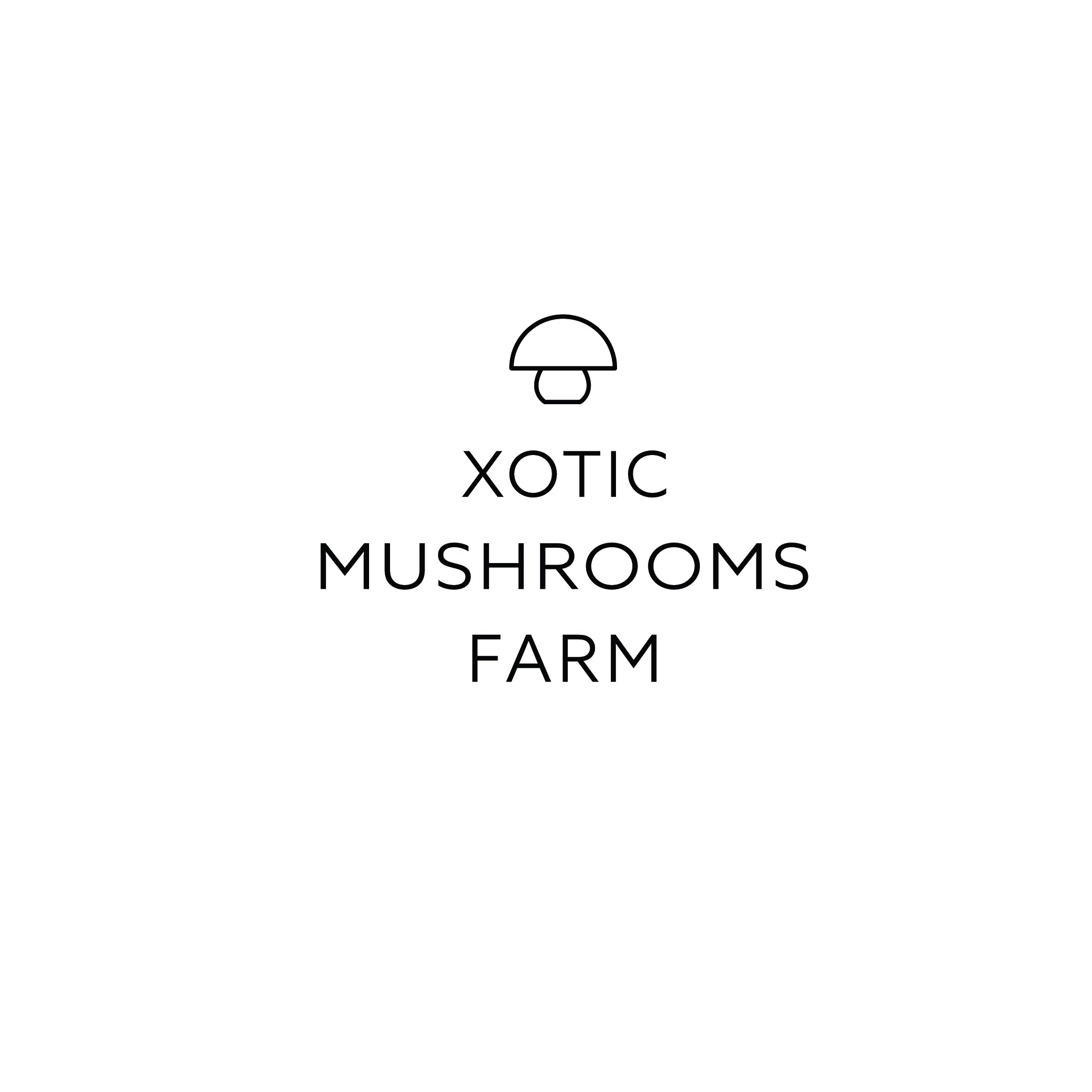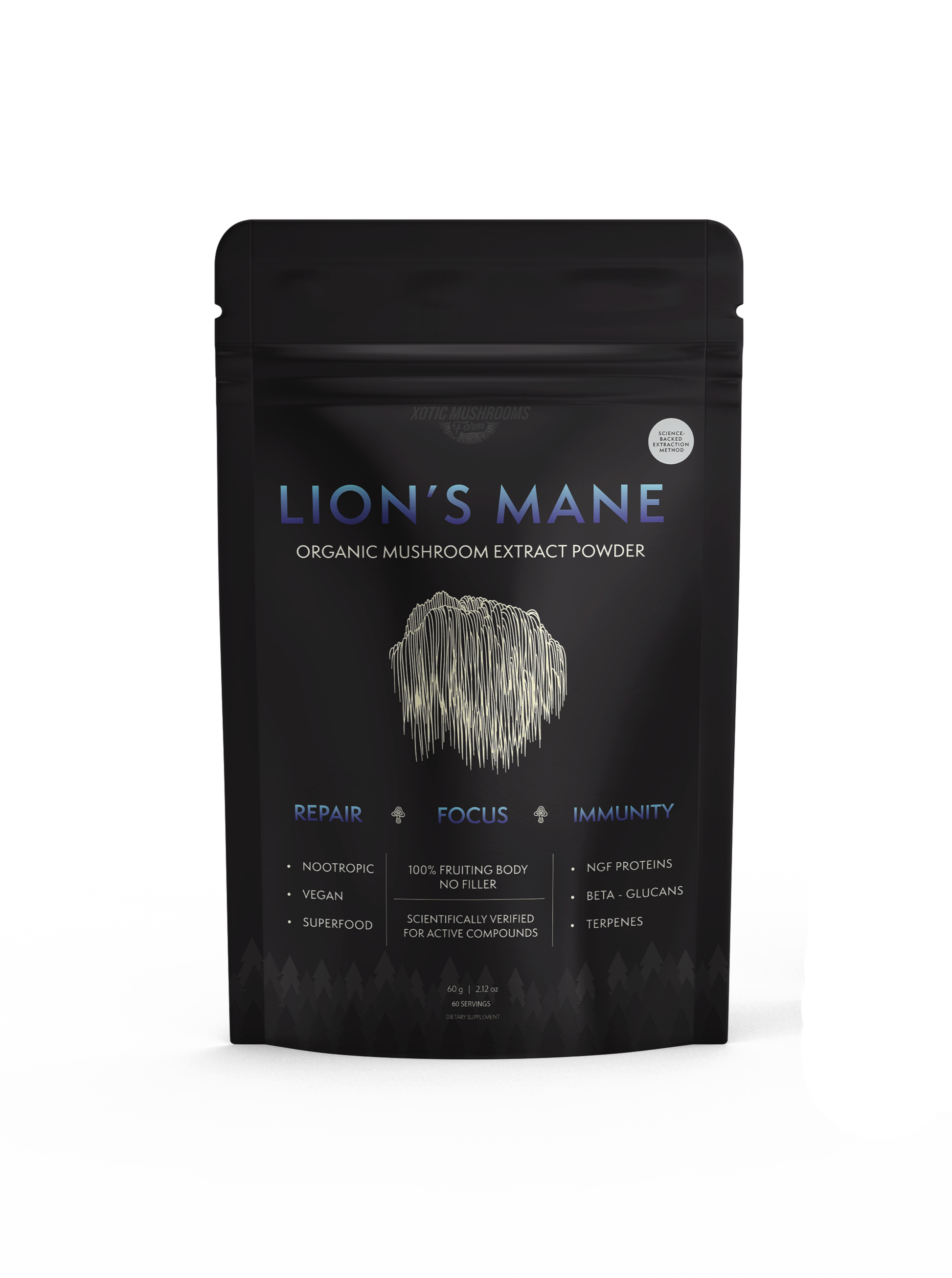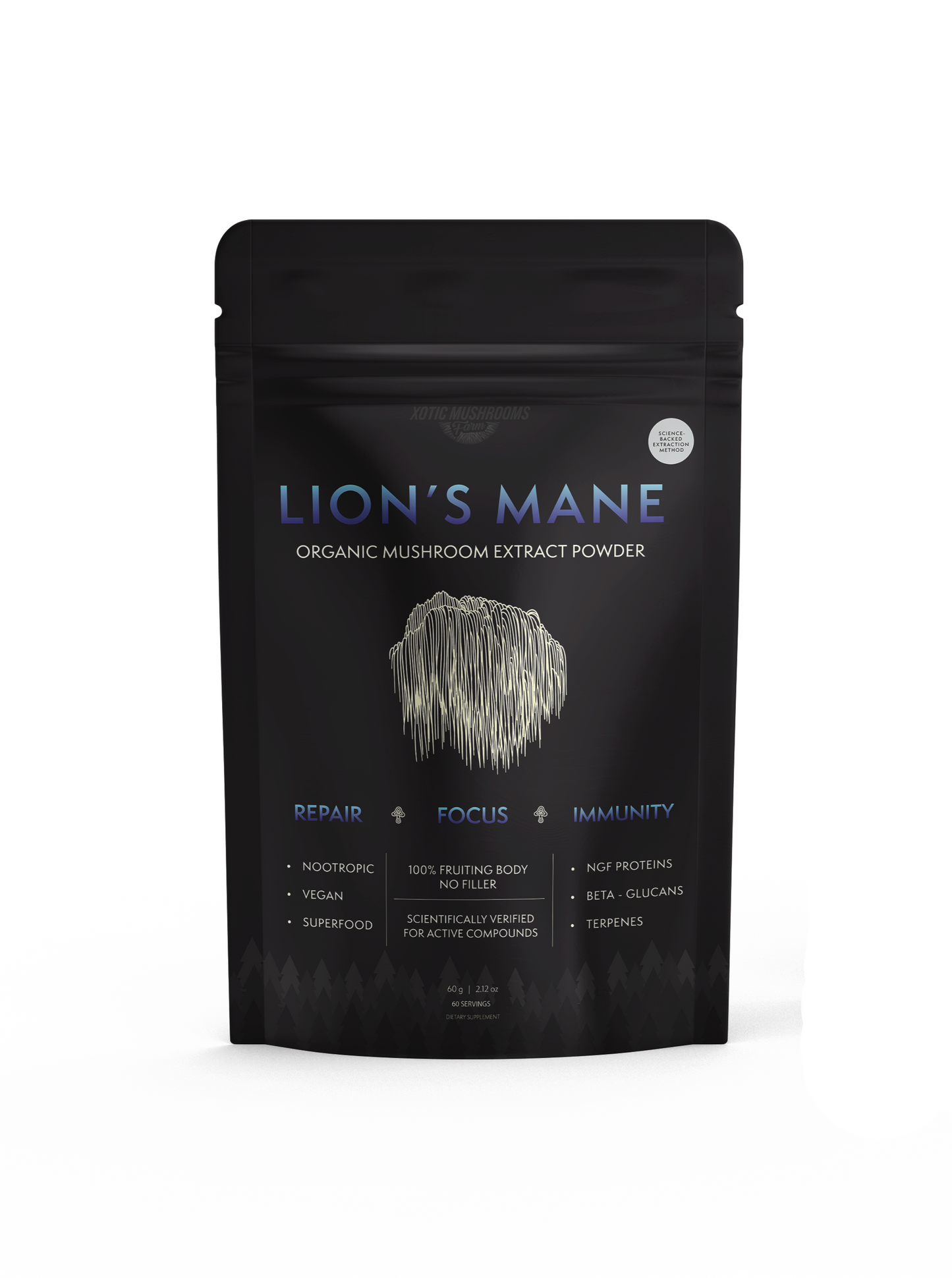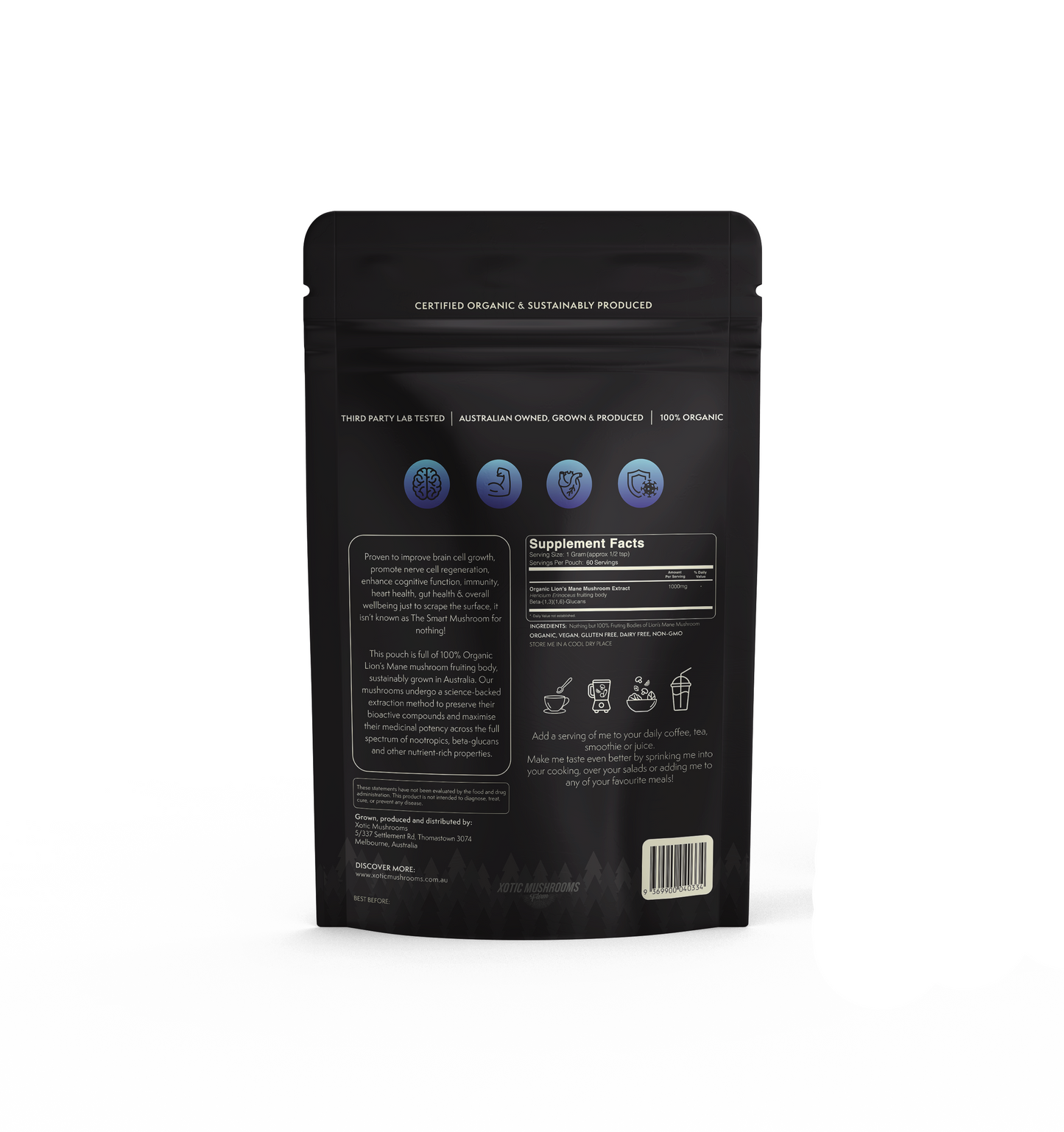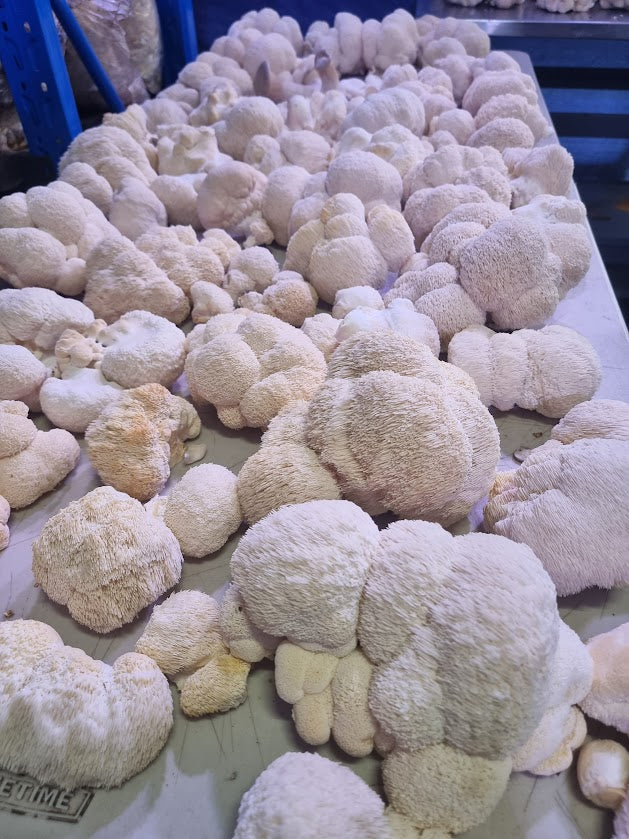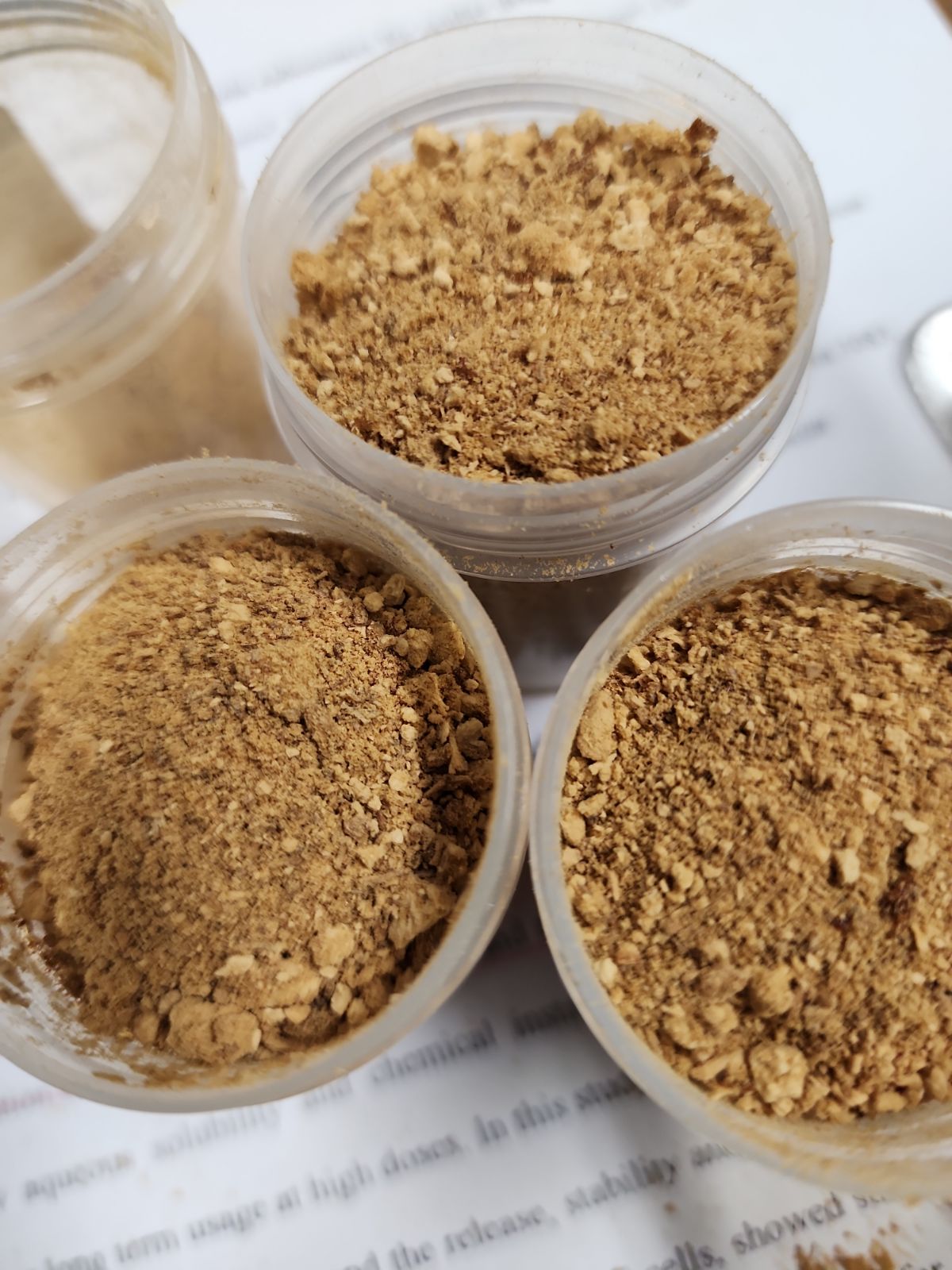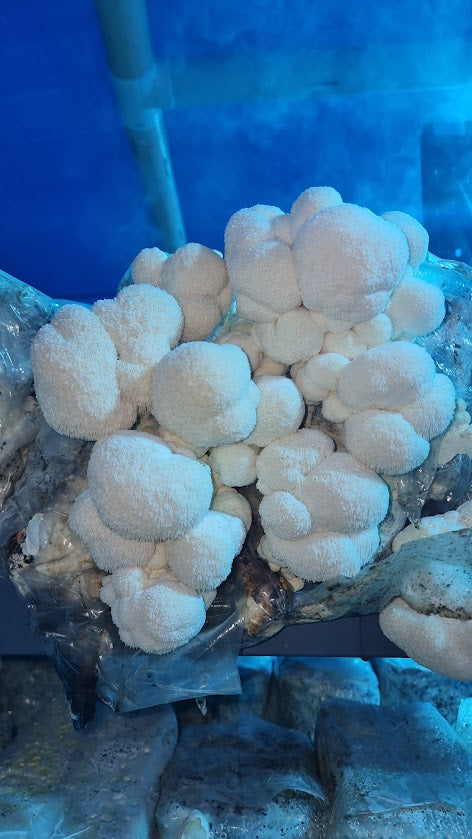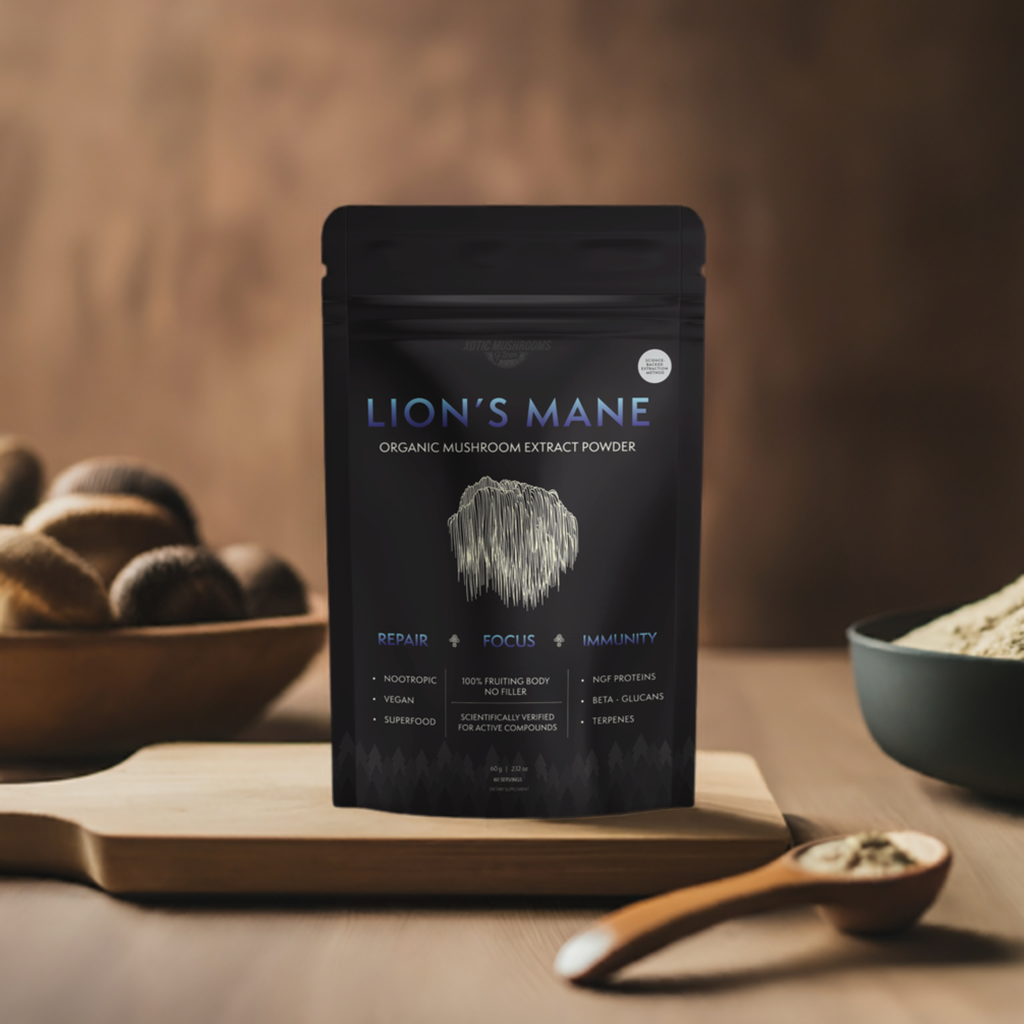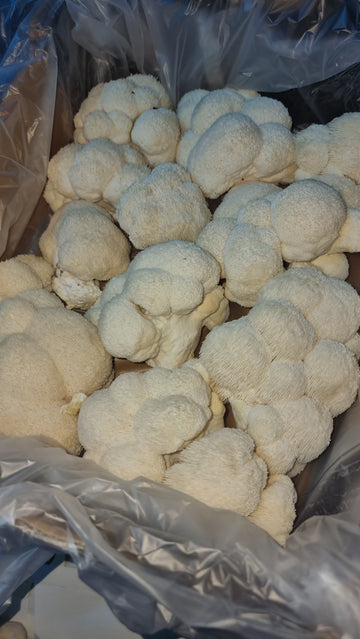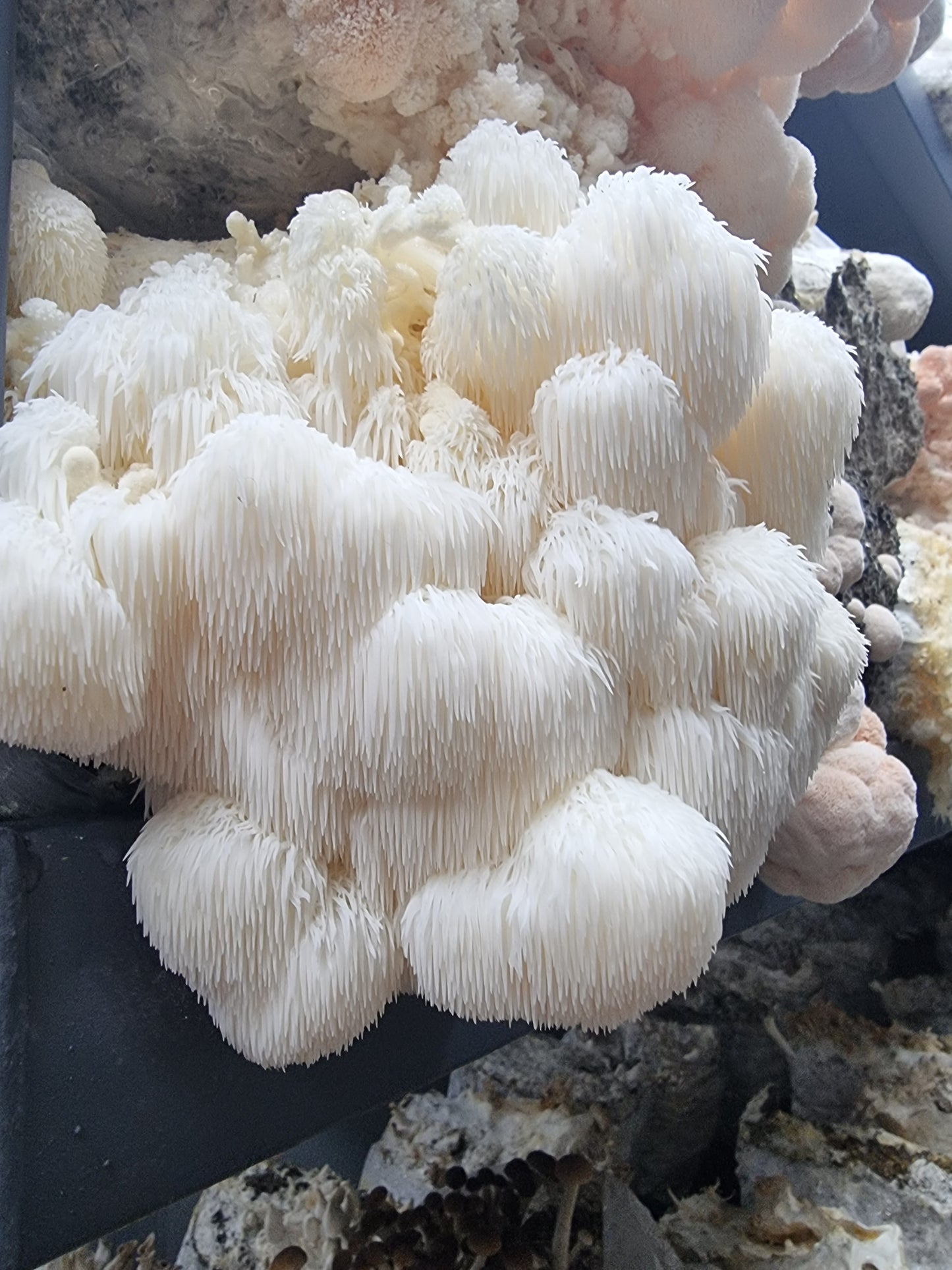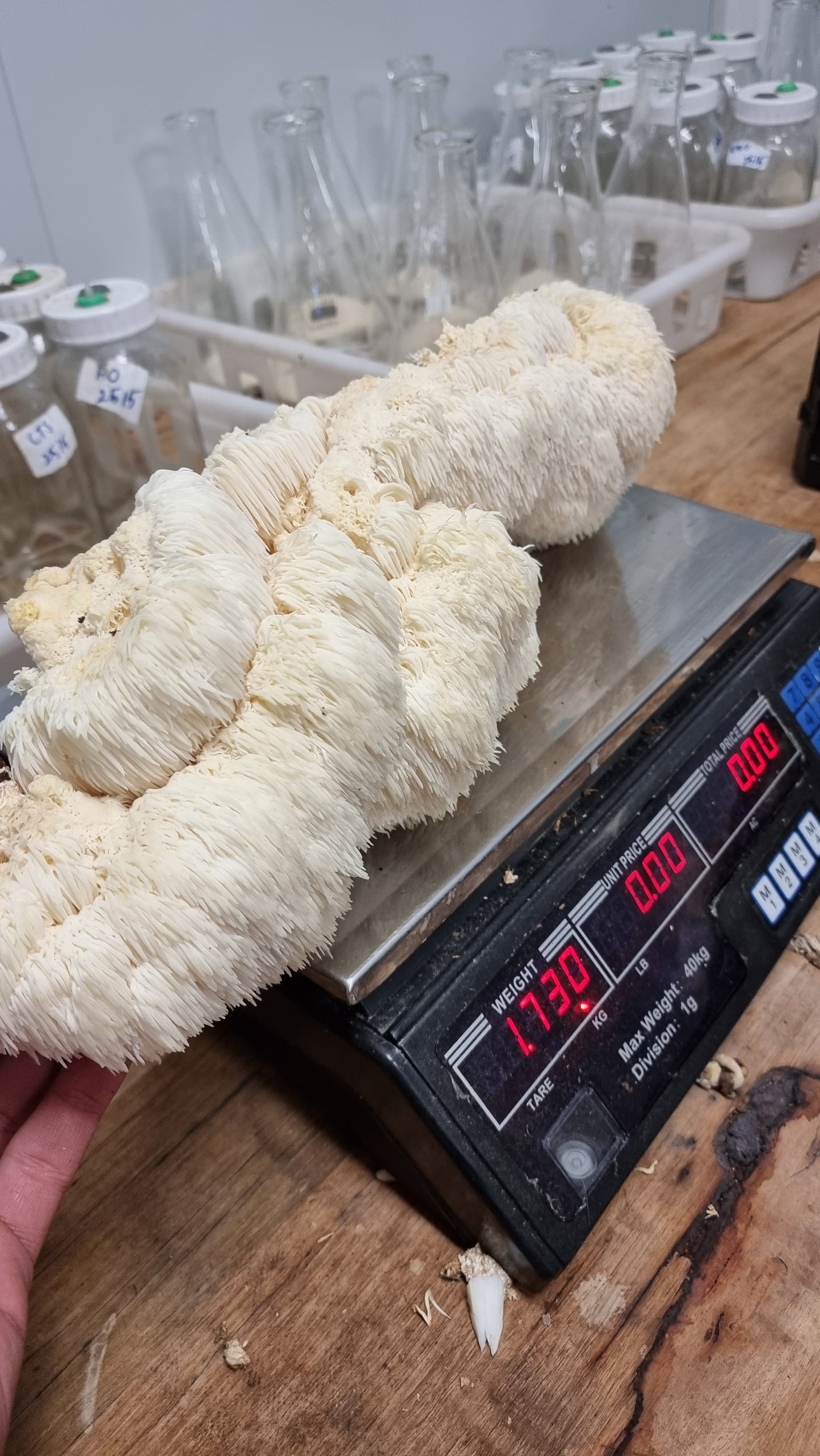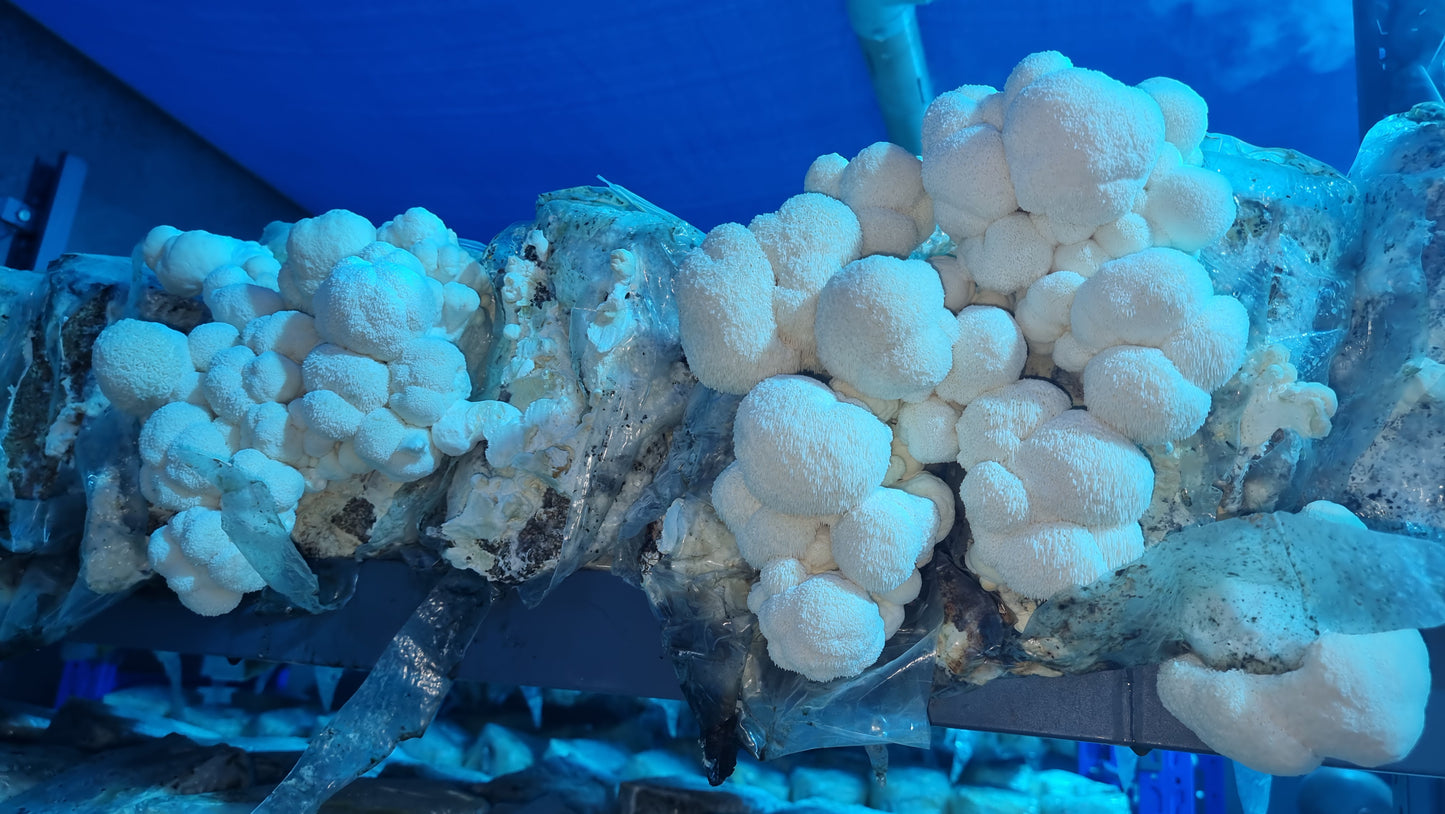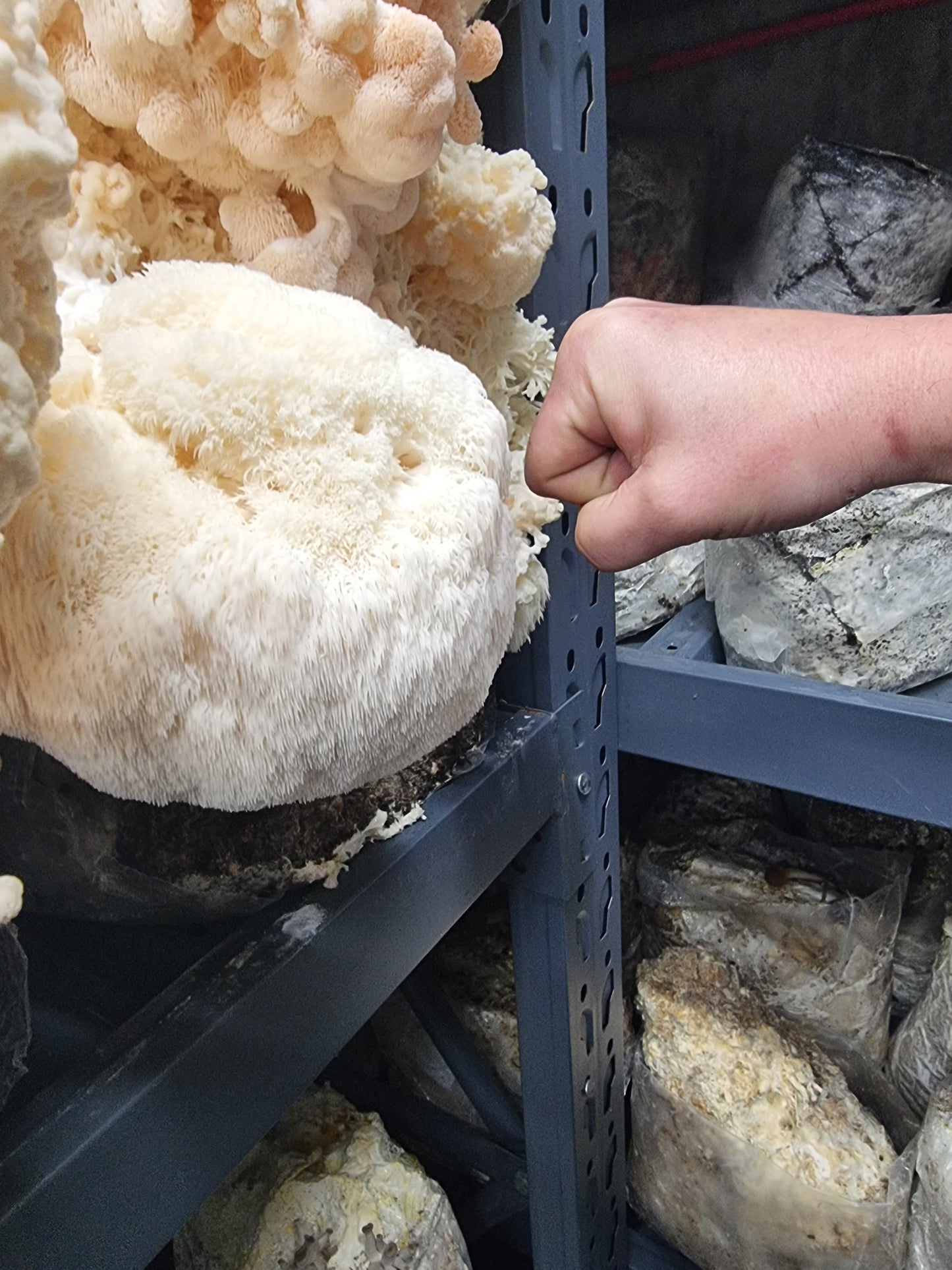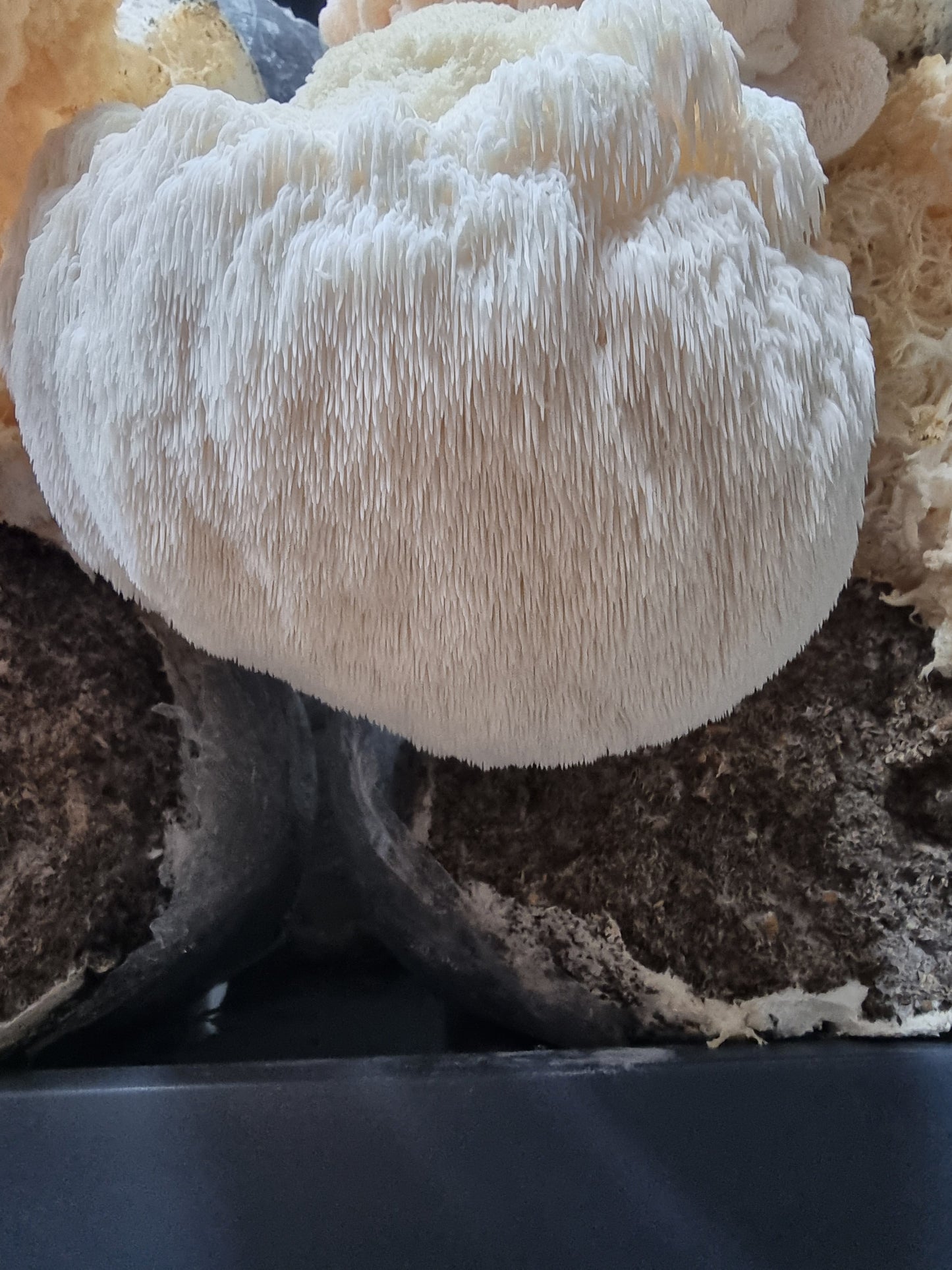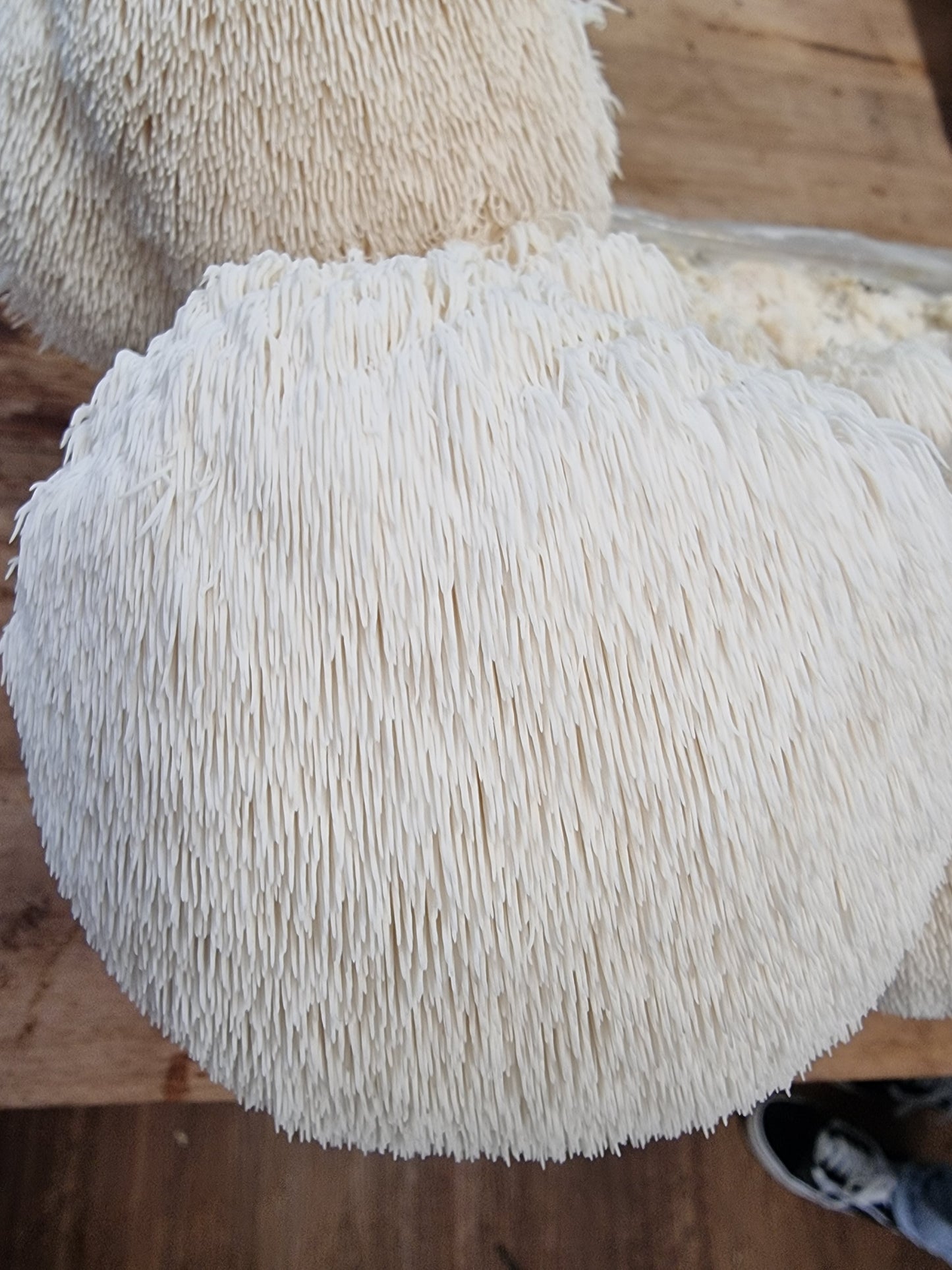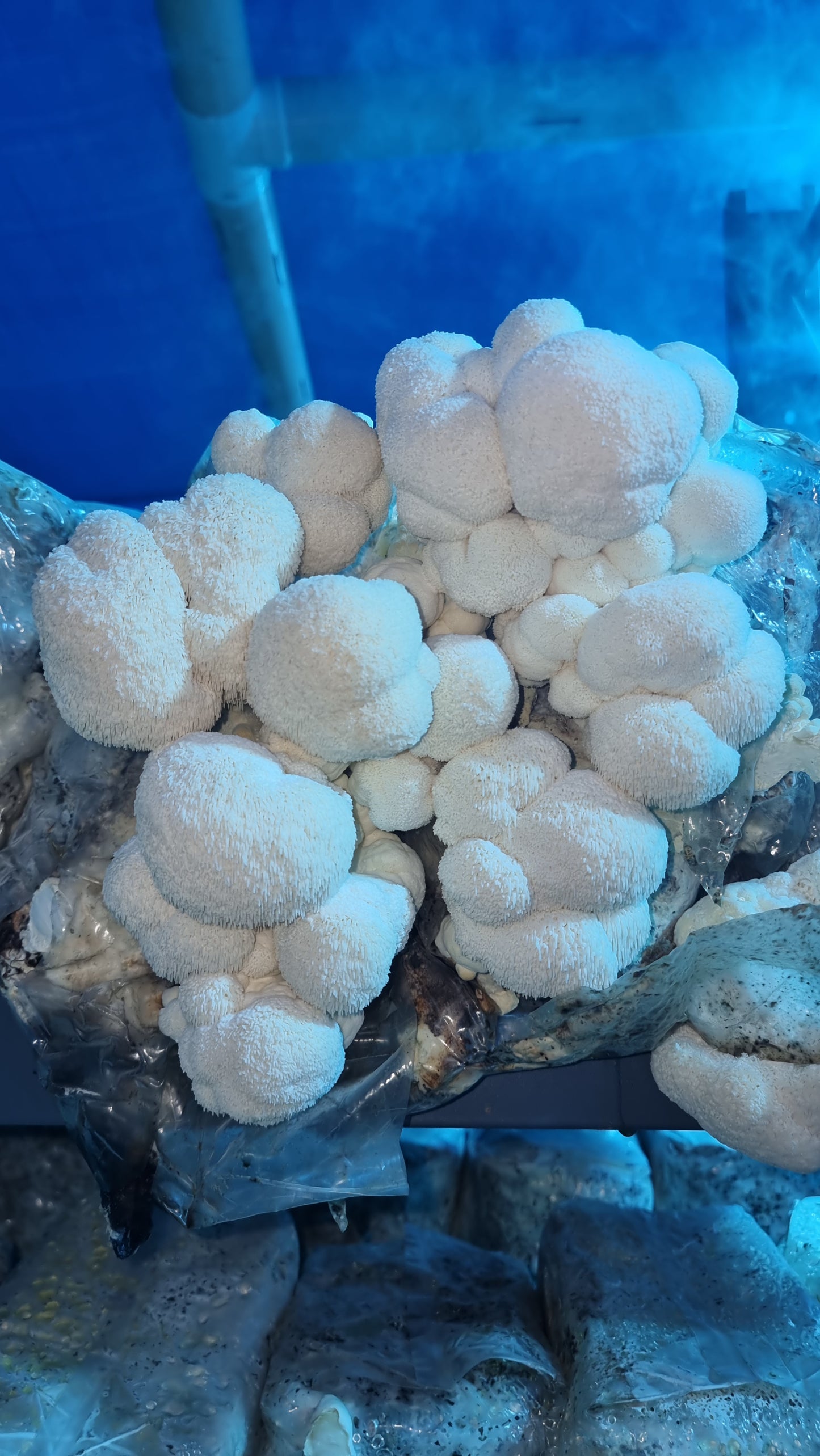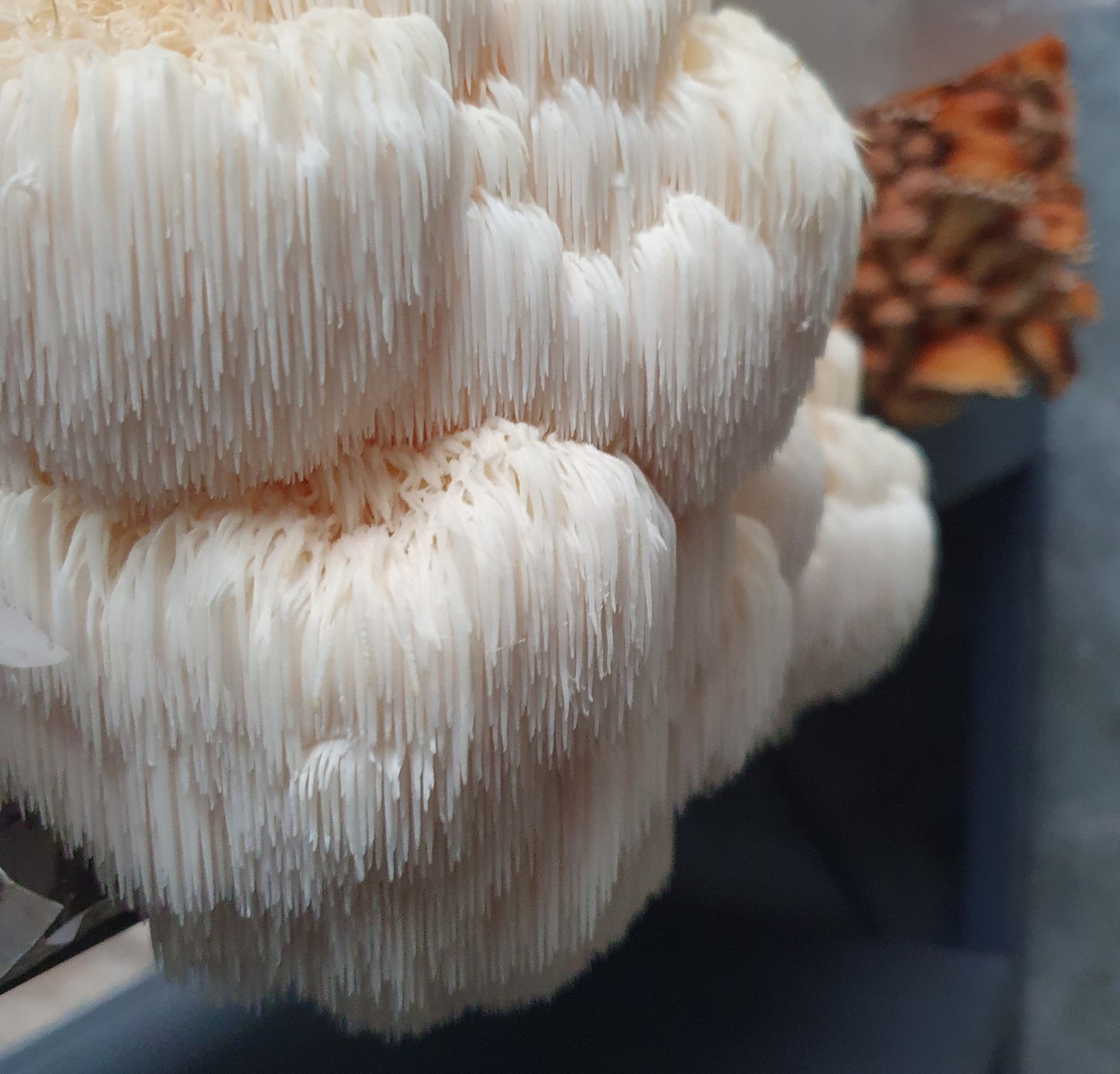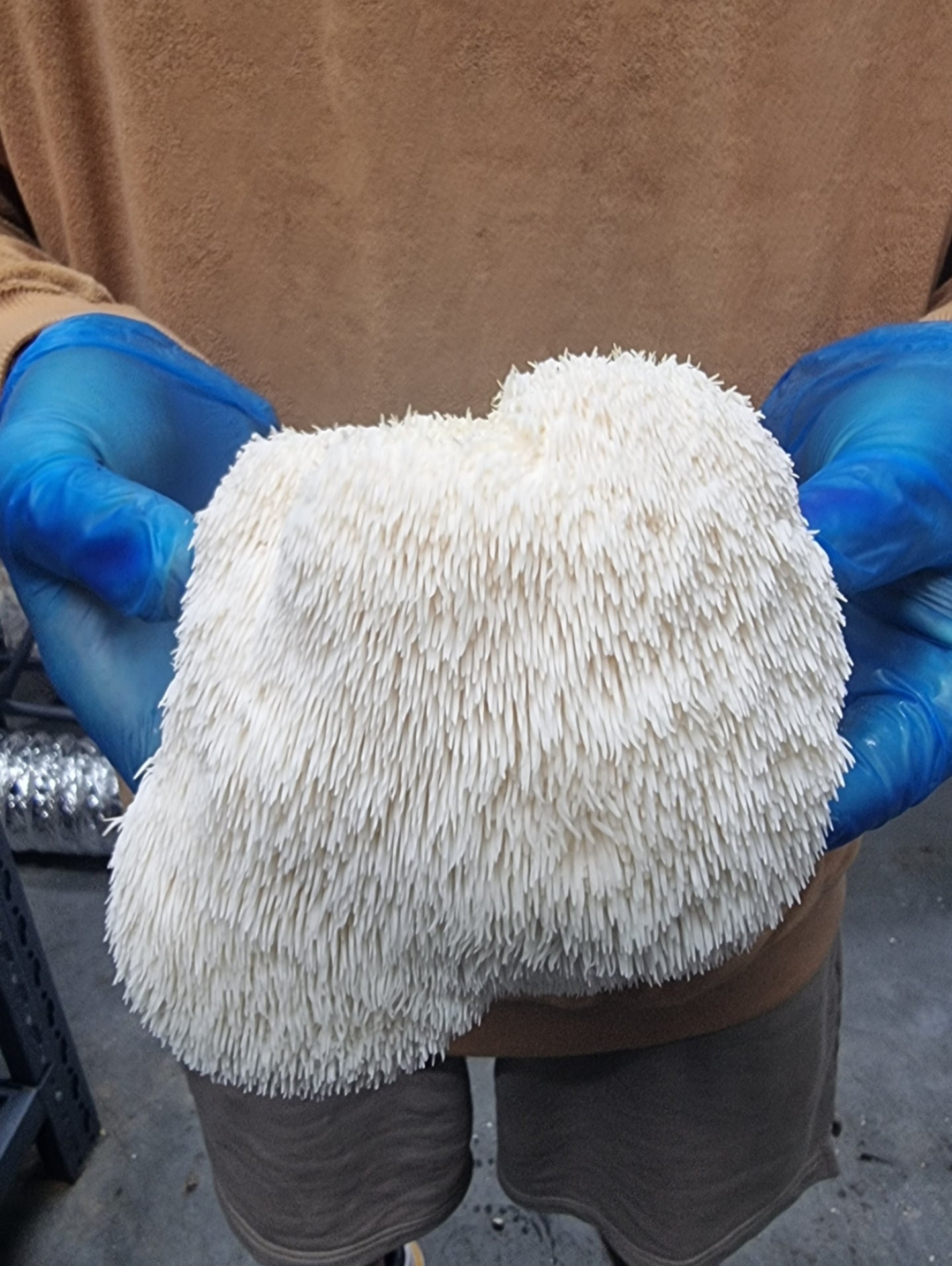Mushrooms, with their earthy flavors and versatile textures, have been a staple in global cuisines for centuries.
Especially in soups, they provide a depth of flavor that few other ingredients can match. But not all mushrooms are made equal, especially when it comes to their suitability for soups.
Let's dive into the nine best varieties that will elevate your next bowl
1. White Button Mushrooms

White Button Mushrooms, often found in most local grocery stores, are known for their delicate and neutral flavor. Their light taste makes them a perfect base for a variety of soups, allowing other ingredients to shine while providing a consistent mushroom presence.
Below are the reasons why they’re best for soups:
- Ubiquity: Widely available and economically priced, they're the perfect choice for everyday cooking.
- Mild Flavor: Their subtle taste complements various soup ingredients without overwhelming them.
- Texture: They retain a pleasant, semi-firm texture even after prolonged cooking.
- Nutritional Value: Packed with essential nutrients like vitamin D, selenium, and antioxidants.
- Versatility: Great for both creamy and brothy soups.
2. Shiitake Mushrooms

Originating from East Asia, Shiitake Mushrooms introduce a rich, meaty note to soups. Their robust character ensures they remain discernible even in hearty broths.
Remember to remove their tough stems before tossing them into your pot. Here are the reasons why they’re good for soups:
- Umami Kick: Known for their rich, savory taste which adds depth to soups.
- Health Benefits: Contains compounds that boost the immune system and have anti-inflammatory properties.
- Drying Potential: When dried, they impart an intensified smoky flavor to dishes.
- Texture: Offers a meaty consistency that's delightful in soups.
- Stalk Use: While the stalks are often discarded, they can be simmered to create a flavorful mushroom broth.
3. Cremini Mushrooms (Baby Bellas)

Often mistaken as a different species, Creminis are young Portobellos. These mushrooms infuse soups with a mild yet savory depth, making them perfect for cream-based or tomato-based concoctions.
Below are the reasons why they’re best for soups:
- Robust Flavor: Deeper and earthier than their white button counterparts.
- Nutrient-Rich: High in antioxidants, vitamins, and minerals.
- Flexibility: Great for sautéing, roasting, or adding directly to soups.
- Affordable Gourmet: Strikes a balance between gourmet taste and affordability.
- Consistent Size: Their uniformity ensures even cooking.
4. Oyster Mushrooms

Not just a favorite among vegetarians for their meaty texture, Oyster Mushrooms have a subtle, mild taste. They are excellent in soups where a creamy, velvety texture is desired.
Here’s why we have them on this list:
- Delicate Flavor: Imparts a mild, slightly sweet and woodsy taste to soups.
- Tender Texture: Their tender consistency melts in the mouth.
- Health Boost: Known for cholesterol-lowering properties and a rich vitamin D content.
- Easy Preparation: Requires minimal cleaning and chopping.
- Quick Cooking: Cooks faster than many other mushroom types, ensuring they don't become overdone.
5. Chanterelle Mushrooms

Golden and occasionally found in white, Chanterelles are a seasonal delight. Their distinct flavor profile can turn a simple soup into a gourmet dish. They're especially delicious in light, broth-based soups.
Below are the reasons why they’re best for soups:
- Aesthetic Appeal: Their golden hue adds vibrant color to dishes.
- Peppery Note: Introduces a unique peppery and fruity taste.
- Rare Delight: Their seasonal availability makes them a treasured ingredient.
- Nutrient Boost: Rich in vitamins C and D, as well as potassium.
- Holds Shape: Despite their delicate appearance, they retain their shape well when cooked.
6. Portobello Mushrooms

With their generous size and full-bodied flavor, Portobellos are a natural choice for soups that need a robust mushroom character. Their thick flesh ensures they don't disintegrate during the cooking process.
Below are the reasons why they’re best for soups:
- Hearty Flavor: Their rich and meaty taste makes them perfect for robust soups.
- Size Advantage: Their large size is perfect for grilling or roasting before adding to soups.
- Substitute Potential: Can serve as a meat substitute due to their fulfilling texture.
- Durable: Can withstand longer cooking times without becoming mushy.
- Versatile: Suitable for pureed, chunky, or broth-based soups.
7. Maitake Mushrooms (Hen-of-the-Woods)
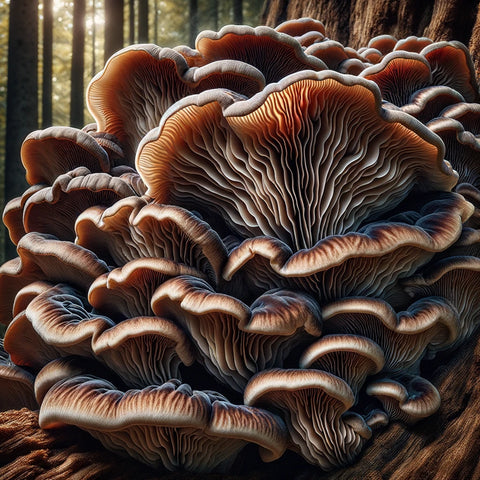
Feathery and unique, Maitakes are a treat both visually and taste-wise. They impart an earthy, slightly peppery tone to soups, making them a top choice for those craving a rich, umami experience.
Below are the reasons why they’re best for soups:
- Savory Depth: Provides an earthy and aromatic flavor profile.
- Immune Booster: Known for its immune-enhancing properties.
- Unique Texture: Offers a combination of crispness at the base and chewiness in the fronds.
- High in Minerals: Especially rich in potassium.
- Intense Aroma: Adds a fragrance to soups that's hard to match.
8. Enoki Mushrooms
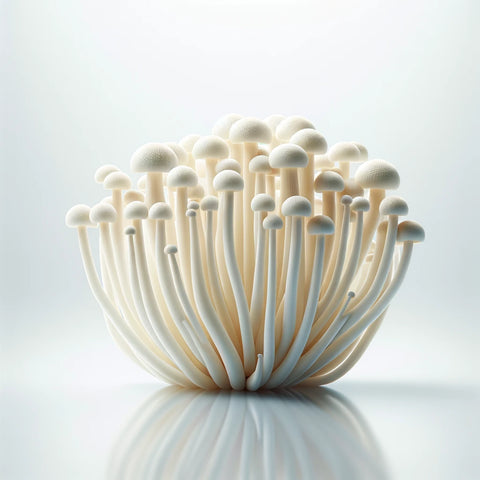
Slender and elegant, Enokis are often associated with Asian cuisine. Their gentle flavor makes them ideal for clear soups or miso broths, where their texture can truly be appreciated.
Below are the reasons why they’re best for soups:
- Slender Beauty: Their long, thin stems and petite caps are visually appealing in broths.
- Mild Crunch: Offers a crunchy texture even when cooked.
- Subtle Flavor: Delicate and slightly fruity taste.
- Health Promoting: Contains antioxidants and immune-enhancing properties.
- Best Added Last: To retain their shape and texture, it's best to add them towards the end of cooking.
9. Porcini Mushrooms

Often available dried, Porcinis are a powerhouse of concentrated mushroom essence. Soaked and then added to soups, they introduce a deep, forest-like aroma that's unparalleled.
Below are the reasons why they’re best for soups:
- Intense Flavor: Their strong, nutty taste enriches any dish.
- Dried or Fresh: Both forms are culinary delights; dried porcinis offer a concentrated flavor.
- Thickening Agent: Can naturally thicken soups due to their spongy texture.
- High in Fiber: Beneficial for digestion.
- Rare Find: Their seasonal and regional availability makes them a gourmet addition.
FAQs:
Can I mix multiple mushroom types in one soup?
Absolutely! Combining different mushrooms can give your soup a complex flavor profile and varied texture.
How should I store fresh mushrooms?
Store them in a paper bag inside the refrigerator. This allows them to breathe and prevents them from becoming slimy.
Do all mushrooms need to be washed before cooking?
It's essential to clean mushrooms to remove any grit or dirt. However, avoid soaking them in water; a quick rinse or wiping with a damp cloth works best.
How can I enhance the mushroom flavor in my soup?
Using dried mushrooms, mushroom powder, or a mushroom broth can intens
Conclusion
Mushrooms are nature's gift to the culinary world, with each type bringing a unique flavor, texture, and nutritional profile.
From the everyday white button to the gourmet chanterelle, the choice of mushroom can redefine your soup experience.
Whether you're seeking a meaty bite, an umami punch, or a delicate note, there's a mushroom ready to transform your dish.
